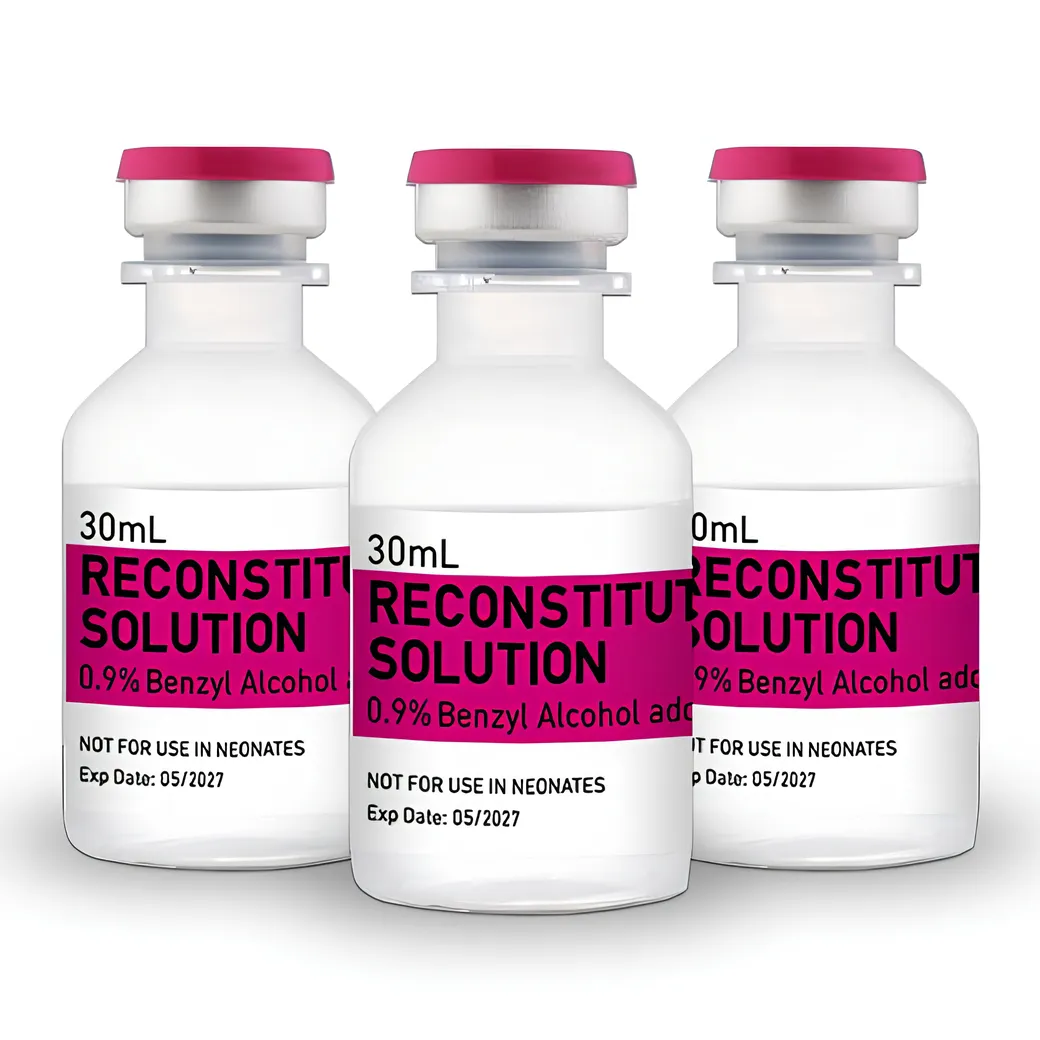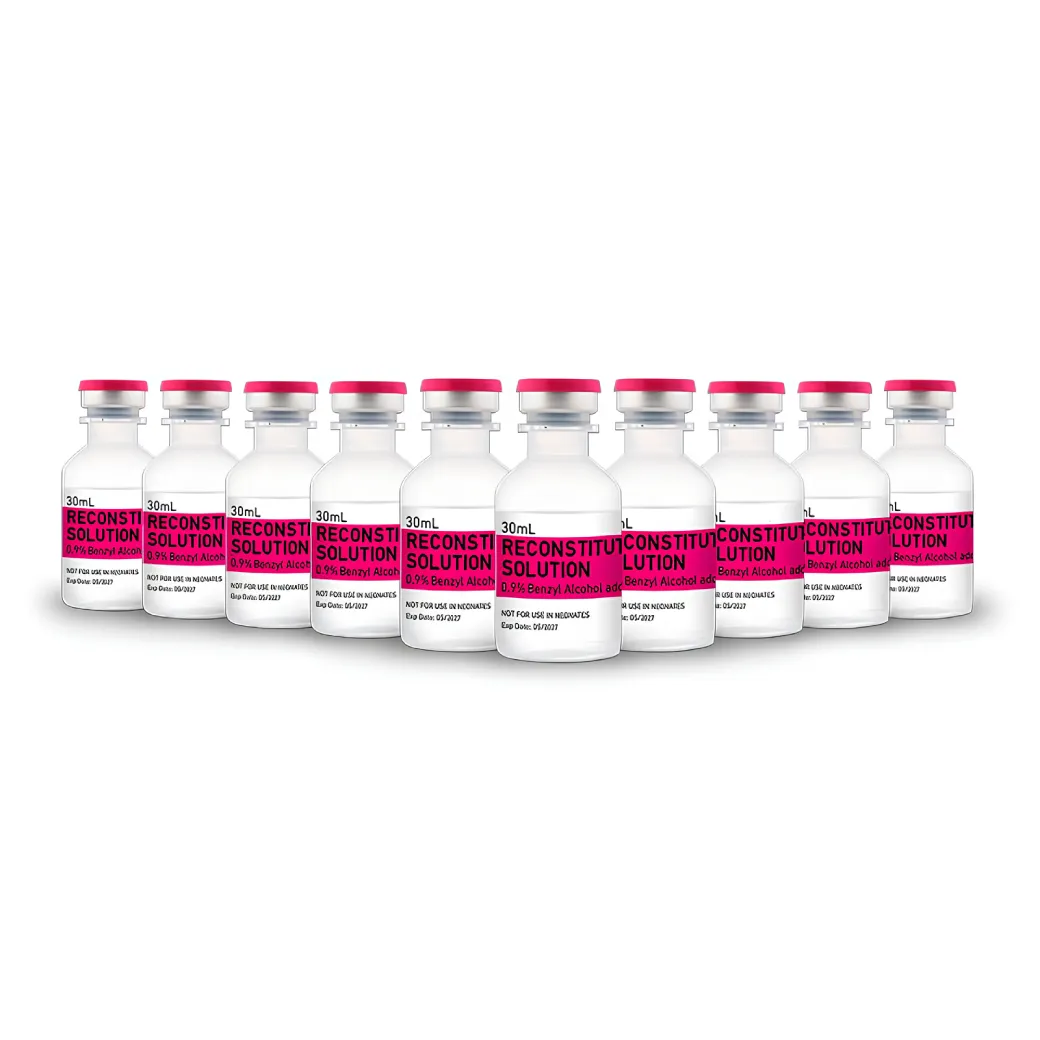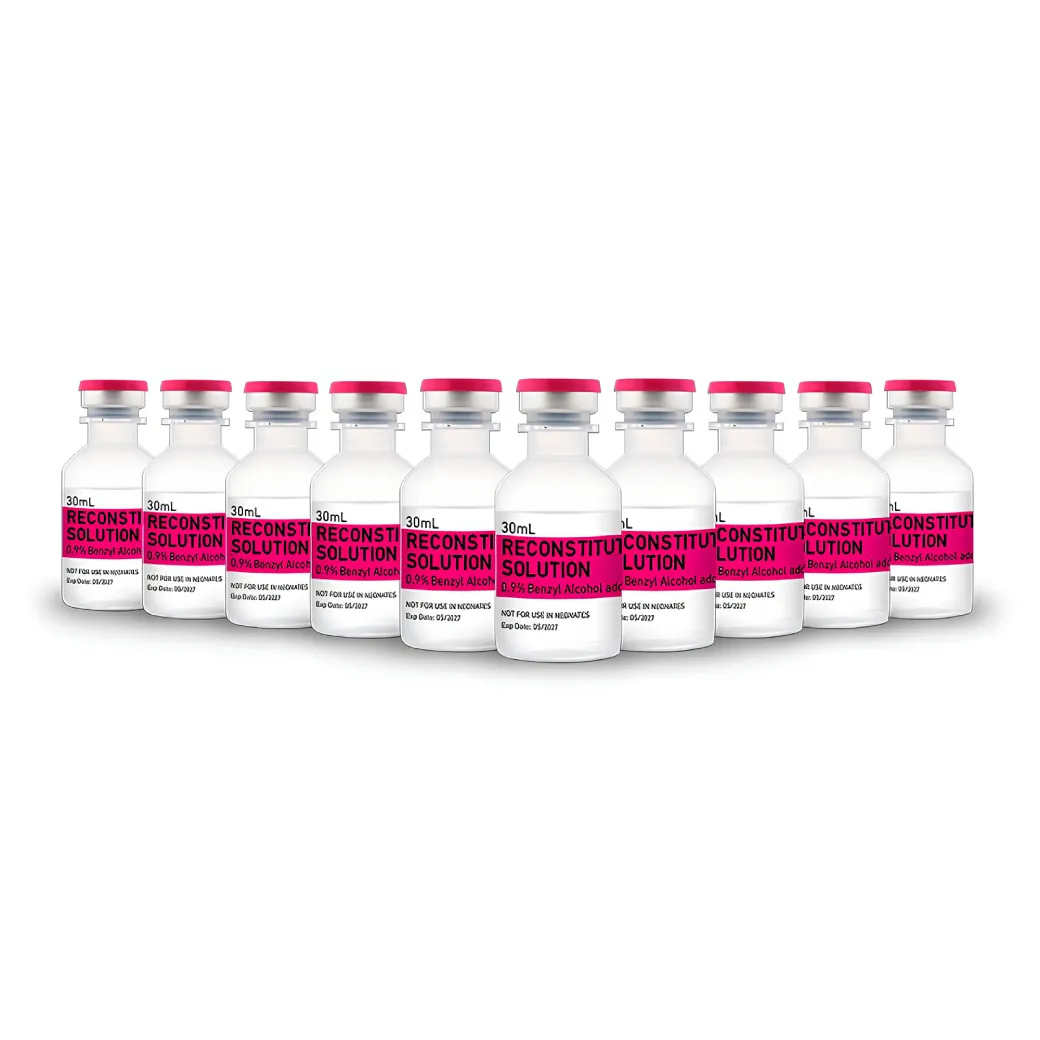
Reconstitution Solution 30mL
$10 per bottle

Joe: "I get my best prices and service and super fast shipping from ebac-water.com"
“My name is Joe Silva. A friend told me about ebac-water.com six months ago. I have made 3 orders and I think they are amazing. I took a number of different Pep Tides and I get my best prices and service and super fast shipping from ebac-water.com. Oh yeah, and they are never out of stock. A shout out to my boy, Pete, in customer service.”
Get Free Shipping Now

As low As $10 Per Bottle






